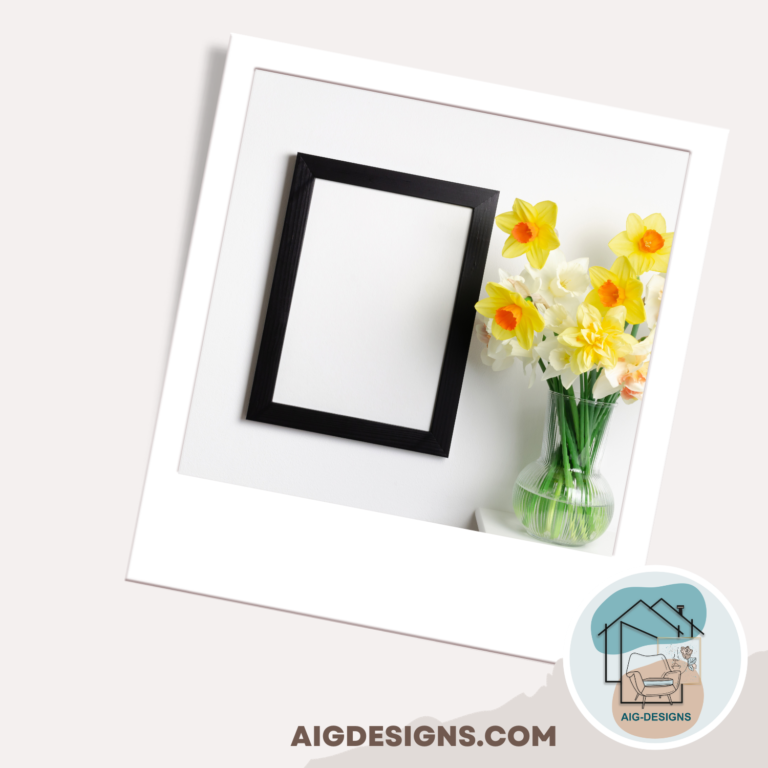Define Zones: Divide the room into functional zones, such as a seating area, a reading book, or a workspace. This helps create a sense of purpose for each area.

Use Flexible Furniture: opt for modular or sectional sofas that can be configured to fit the room’s shape. This allows you to adapt the furniture layout as needed.

Diagonal Placement: Sometimes placing furniture at an angle can make the most of an odd-shaped room. For example, angle a sofa in a corner to create a cozy seating area that maximizes space.
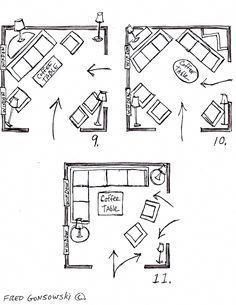
Floating Furniture: In some cases, floating furniture away from the walls can create a sense of openness and make the room feel less cramped. This can also be helpful in rooms with multiple doorways or windows.
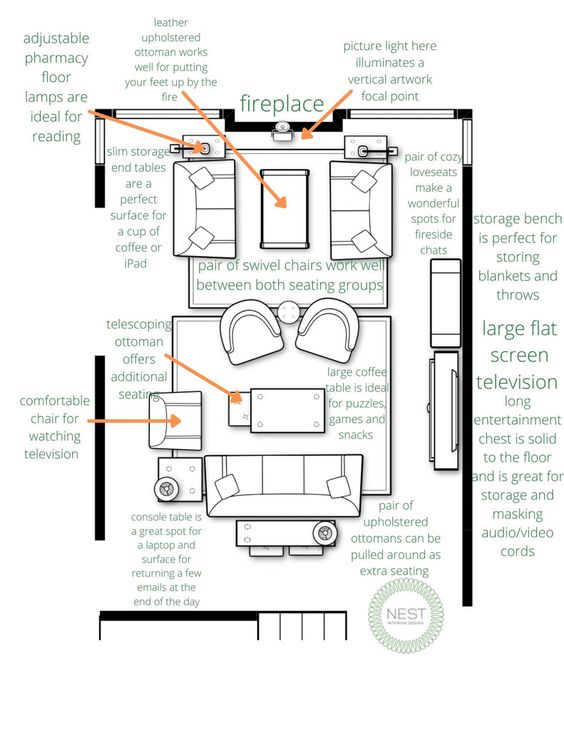
Corner Furniture: Place furniture in corners to maximize space. Corner shelves, corner desks, and corner seating can all be effective in odd-shaped rooms.
Custom Furniture: Consider custom-built furniture that can be tailored to fit the room perfectly. This can include built-in seating, shelving, or other pieces designed specifically for the space.

Multifunctional Furniture: Look for furniture that serves multiple purposes. For example, a sofa bed can provide seating and an extra sleeping area for guests.
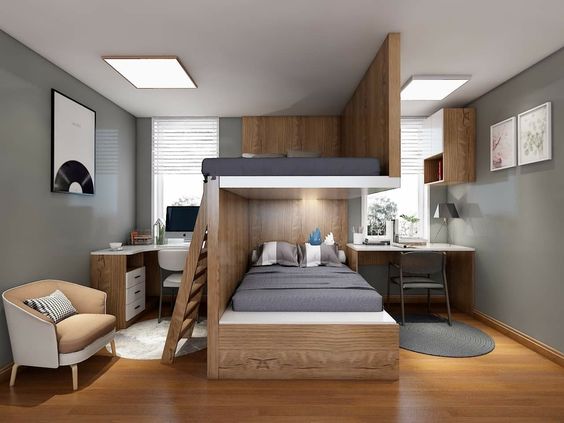
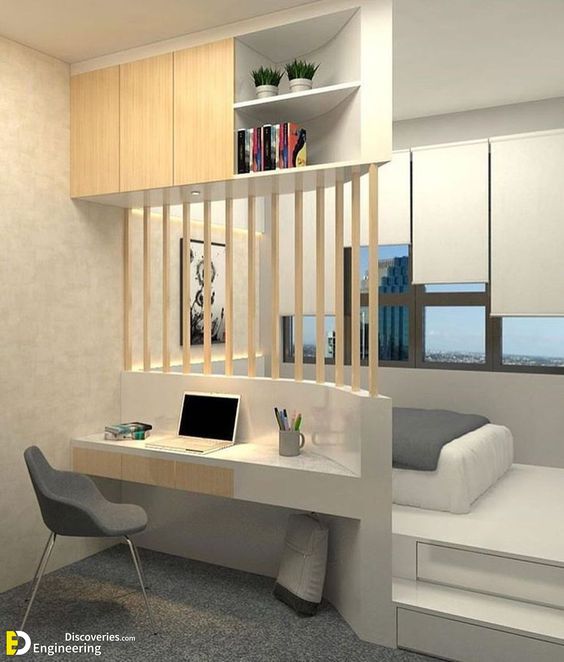
Use Mirrors: Mirrors can create the illusion of more space and reflect light. Placing a large mirror on one wall can visually expand the room.
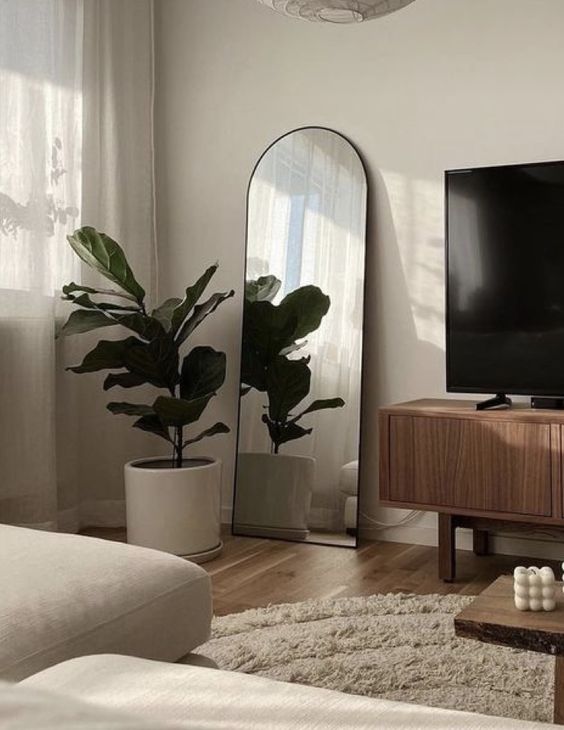

Rug Placement: Use rugs to define different areas within the room. This can help visually separate spaces and create a sense of order.
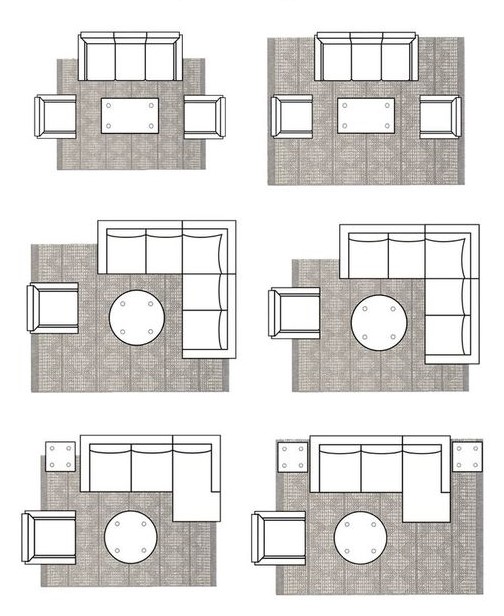
Lighting: Pay attention to lighting. Proper lighting can make the room feel more open and inviting. Consider a mix of ambient, task, and accent lighting to create the right atmosphere.

Vertical Storage: If floor space is limited, utilize vertical space for storage. Tall bookshelves or wall-mounted cabinets can maximize storage without taking up valuable floor space.
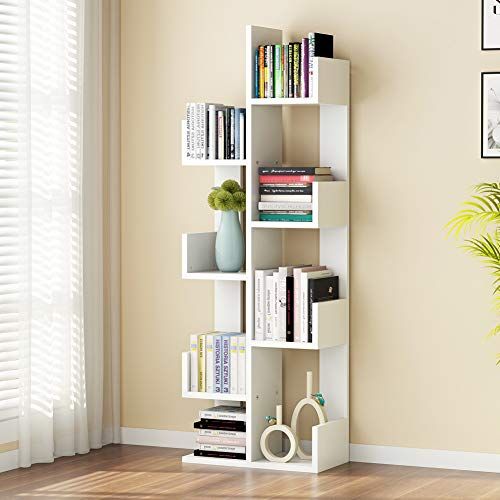

Color and Patterns: Use color and patterns strategically. Lighter colors can make a room feel more open, while bold patterns can draw attention away from awkward angles.
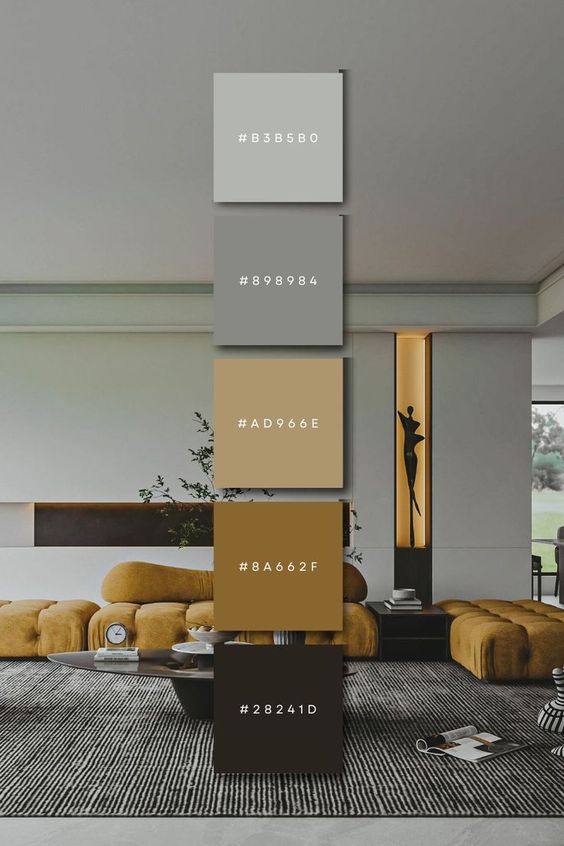
Furniture Arrangement Apps: Consider using furniture arrangement apps or software that allow you to visualize different furniture layouts before moving the actual pieces.
Create Focal Points: Use a focal point, such as a fireplace, a piece of artwork, or a unique architectural feature, to draw attention away from the room’s shape and create a sense of balance.
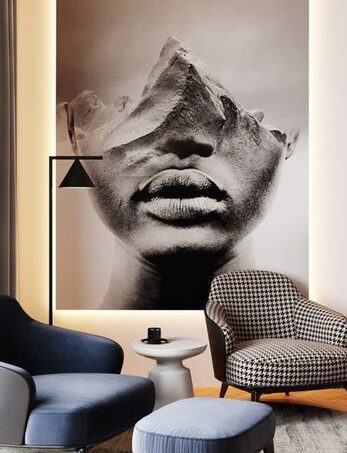
Experiment: Don’t be afraid to experiment with different furniture arrangements until you find one that works for your space. Sometimes trying out a few different layouts can help you discover the best use of the room.




